An Entangled Web: Complex problems require systems thinking
“Worm. Rabbit. Fox.” A ball of string is tossed around. “Tree. Squirrel. Owl.” On and on it goes, as 5th graders name animals or plants in a habitat and toss the string. The ball of string keeps traveling until every child is linked in an entangled web.
Years ago when I was an outdoor educator, I led this activity weekly. I would announce that the fox had a good hunting day, which was unfortunate for the rabbit. The rabbit would step out of the circle. The web would sag. These prey and predator scenarios common in the web of life continued, until a student would shout: “They’re all connected!” Indeed, they form an ecosystem. Just as we are all connected.

A group of young leaders engaged in a youth leadership activity about the interconnectivity of life during a Children & Nature Network Natural Leaders training.
“Well, of course.” This activity likely sounds familiar. Yet all too often in practice, we forget about the entangled nature of life. We forget to think about the big picture when addressing the issues we care about.
Everyday, I encounter individuals and organizations approaching complex problems with well-intended solutions that don’t stick:
- A teacher eager to inspire learning about nutrition installs a vegetable garden in the schoolyard; after summer break, the garden is overgrown and becomes too much to manage.
- A parks department builds a trail along a creek in a thriving Latinx community. While the trail is beautiful and peaceful, it is not celebrated and embraced because local families want seating and gathering spaces for weekend cookouts.
- A local nonprofit leads weekly after-school, nature-based activities for high school students. Engagement grows as students are drawn in by the fun and friendships. Come summer, the program stops. Family circumstances require participants to start new jobs, unrelated to the outdoors. When fall rolls around, students keep their jobs and miss out on the afterschool program. Meanwhile the organization works overtime to recruit new youth.
These are just a few of the solutions I’ve seen that could have benefited from a big-picture, interconnected approach to solving problems. In other words, a systems approach. Through a systems approach—looking at the whole web—we step back to see how all the pieces of a problem are interwoven. In our work, we think about how each of us can move the needle further and faster to help more children, especially children of color, experience the benefits of nature. “Systems-level change” can feel intimidating, just like the complexity and stickiness of a spider web. But it doesn’t have to be that way.
A systems change framework, according to FSG and the Collective Impact Forum, consists of six conditions that typically hold problems in place. Or as I like to think of it, six levers for shifting the current state of a problem. If we evaluate a problem with these six levers, we can better grasp how things are connected and address complex problems in a more comprehensive way.

Adapted from Kania J., Kramer M. & Senge P. (2018) The Water of Systems Change, FSG
At the top of the pyramid are the most common conditions or levers: policies, practices and procedures, and resource flows. This level includes the explicit things we can see and track, such as budget, programs, policies, and behaviors.
The next tier, which is semi-explicit, reminds us of the importance of human engagement and interaction. It includes relationships, connections and power dynamics. It acknowledges the importance of understanding who has decision-making power.
At the foundation of the pyramid is the most transformational and implicit condition. It looks at our attitudes and beliefs, things we often overlook in the way we operate. But our attitudes and beliefs influence how we think, what we do, and how we communicate.
The systems change framework is a useful tool in understanding the web of moving parts in efforts to create equitable access to nature for children. It means connecting the dots between programs, policies, budgets, relationships and attitudes. It means building partnerships—and giving decision-making power to local communities.
What does this look like? Through my work at the Children & Nature Network, I’ve been lucky to see a number of examples, mostly through our partnership with the National League of Cities via the Cities Connecting Children to Nature (CCCN) initiative. Through CCCN, we support cities in bringing equitable access to nature’s benefits to all children, especially children of color and low-income families. A few examples include:
- In Saint Paul, Minnesota, a cross-departmental team of city staff collaborate to bring nature programs to city children and residents in innovative, equitable ways. They look at how city programs are run, who staffs them, how funding is allocated and who is in the room making decisions. The Explore Outdoors Saint Paul team hires community members to lead local hikes because they know representation matters. They allocate funding for programs that respond to community needs and bring in new families, particularly from communities of color and low-income communities.
- The City of Grand Rapids, Michigan has become a national leader in connecting children to nature through partnerships. The city and the school district developed a close working relationship to bring more parks and green spaces to the community through the shared use of schoolyards. Community members decided what these shared “school parks” should look like—and innovative funding strategies directed private and public money toward neighborhoods most in need of greenspace.
- In Austin, Texas, we’ve seen a city-wide approach to incorporating nature’s benefits into the lives of children. The city partners closely with the local school district, public library networks and community organizations to deliver nature-based strategies such as green schoolyards, outdoor classrooms, nature-smart libraries, youth employment and development programs, a children’s outdoor bill of rights, and more.

In response to community input, the City of Saint Paul offers three levels of urban camping to match different levels of experience. Photo courtesy of the City of Saint Paul.
Beyond our work with cities, we’re also championing systems thinking in the field of youth development. The Children & Nature Network recently launched two youth development and nature cohorts to help youth-serving community organizations incorporate more nature-based experiences into their programs. Through this technical assistance cohort, we will help organizations look at how funding is allocated, who makes critical decisions, what types of partnerships and relationships can be leveraged, and how to shift attitudes and mindsets that might hold them back from solving programs.
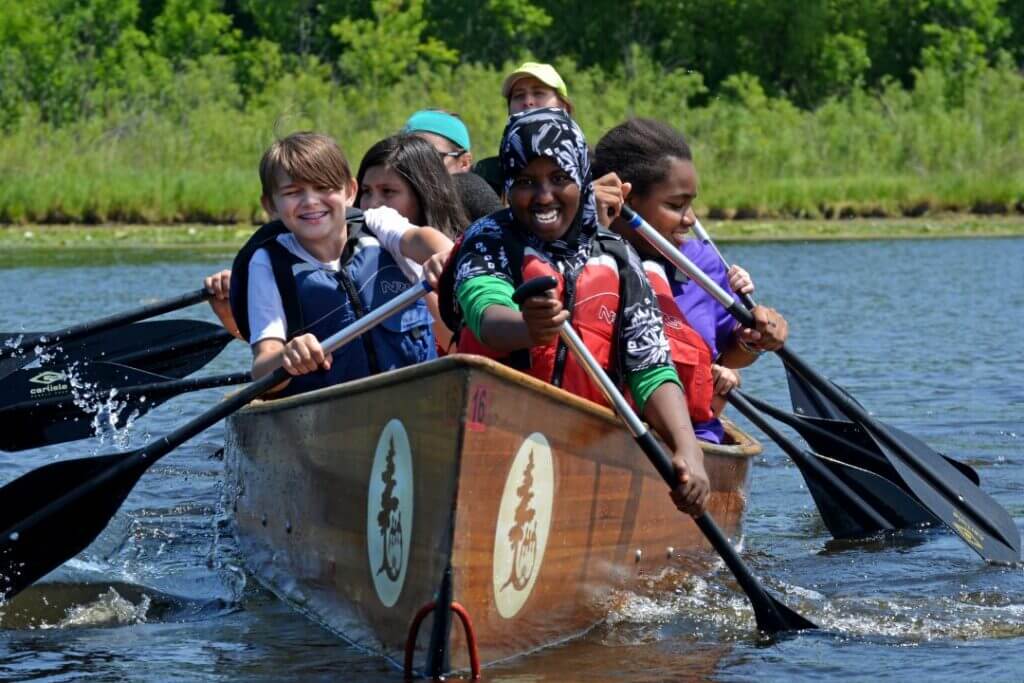
Photo credit: Wilderness Inquiry
Personally, I’m actively changing the narrative—or attitudes and the belief—that brown people don’t spend time in nature. My mom, a 75-year-old Latina, ventures out in a canoe with us to build memories with her grandson and watch the bats emerge from an Austin, Texas bridge. These moments are transformational for me, my mom and my son.
Consider what change you want to make. Identify the conditions that hold you back from creating that change. With a systems approach, let’s make sure that a school garden gets maintained year round; that an afterschool program engages high school participants in paid nature-based internships; that a Latinx community is asked how they want to use local parks and trails; and that we build intentional partnerships to help understand the entangled web of our lives and our work so that more children and families can experience the wonder and the awe of nature.
4 Comments
Submit a Comment
-
Voices
CAMPING WHILE PARENTING: A Mother-Son Adventure
-
Feature
A common thread: Indigenous-led foundation weaves together activism and art, climate and community
-
Network News
Community Spotlight: Prescribe Outside
-
Voices
That’s nice, mija: Finding common language in nature connections
-
Richard Louv
"HUMMINGBIRD PARENTS": Seven Actions Parents Can Take To Reduce Risk And Still Get Their Kids Outside



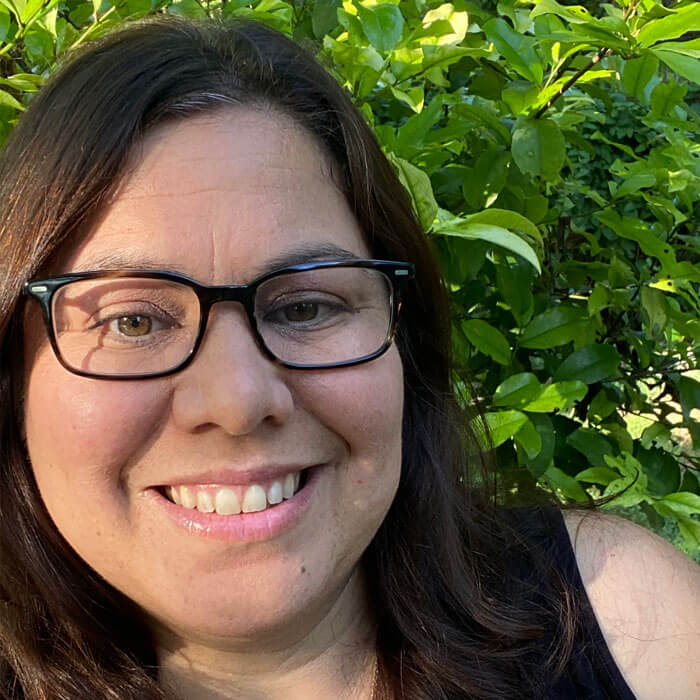
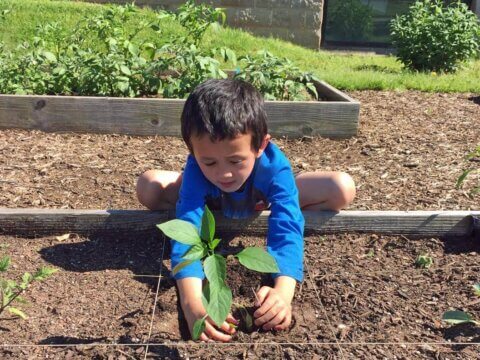
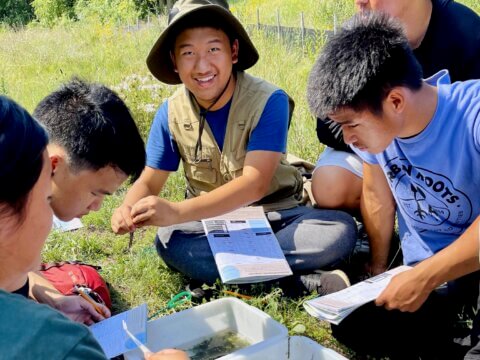
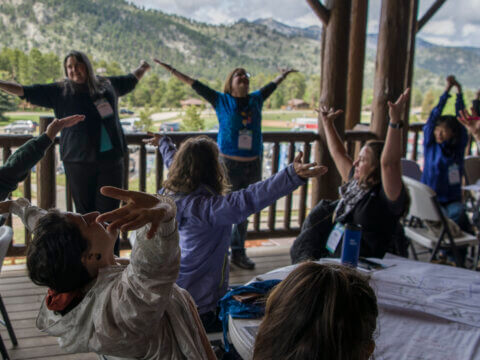
Great article Monica! I really appreciate how you introduce the concepts here and provide really tangible examples. I am adding this to the top of my Systems Thinking WebQuest resources: https://docs.google.com/document/d/1hxSBJWizvUQmzU3DDGvHU6yuuElSMe5_ujFi4JjepkI/edit?usp=sharing
Thank you for taking the time to write this!
So elegantly presented! These are ideas and issues long-time environmental educators are aware of, but you have placed them in a strong framework which helps to build future planning and actions. Thanks for the good work Monica!
I wish this information was included in every high school civics class…
Thank you!
We agree, thanks Jacqueline!